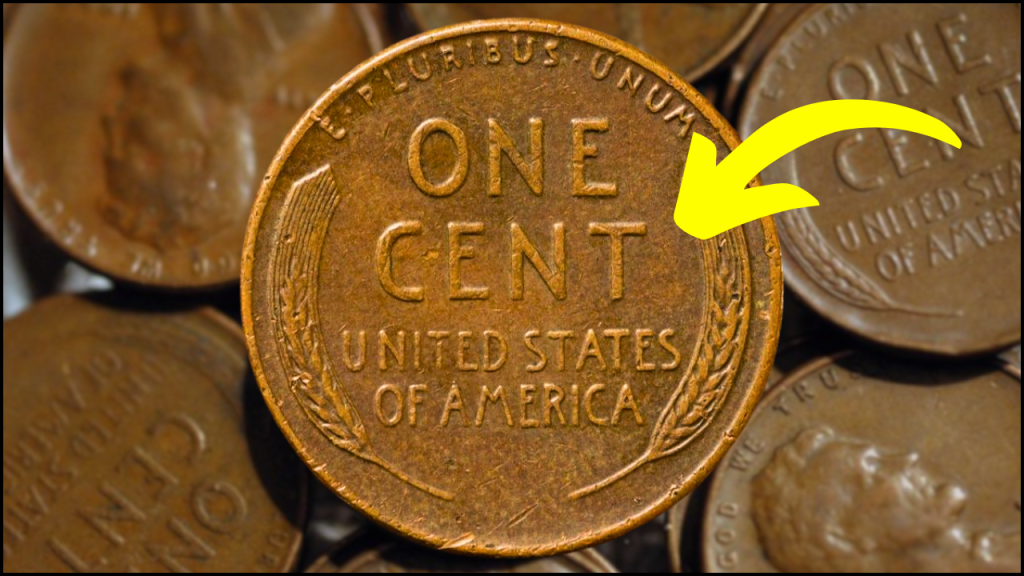
The Lincoln Wheat penny holds an esteemed place in the history of U.S. currency. Designed by Victor David Brenner and first minted in 1909, it commemorated the 100th anniversary of Abraham Lincoln’s birth. With its historical significance and unique design, this penny quickly gained popularity among both the general public and coin collectors. Among its numerous varieties, the 1943 copper penny stands out, valued at a staggering $90 million due to its extraordinary rarity and backstory. This analysis delves into the factors contributing to the immense value of this coin while exploring its broader significance.
The Lincoln Wheat Penny: Historical Significance and Design
The Lincoln Wheat penny was a groundbreaking coin in many ways. It marked the first instance of a U.S. coin featuring a real person—President Abraham Lincoln. Previous coins displayed allegorical representations of liberty or national ideals. The obverse (front) features a side profile of Lincoln, reflecting a shift toward personalizing U.S. currency to resonate with the American public. The reverse side displays two wheat stalks flanking the phrase “ONE CENT,” symbolizing agricultural prosperity.
Produced until 1958, this penny witnessed momentous historical eras, including two World Wars and the Great Depression. Its design—simple yet iconic—solidified its place in American cultural memory and numismatic history.
Why Some Pennies Are Exceptionally Valuable?
The value of any coin, including the Lincoln Wheat penny, hinges on several factors:
- Rarity: Coins produced in small numbers or under unique circumstances become rare over time. The 1943 copper penny owes its rarity to an error during production.
- Historical Context: Coins minted during significant historical events hold added value for their symbolic importance.
- Condition: A coin’s physical state—free of wear, scratches, or discoloration—affects its value.
- Demand Among Collectors: Increased interest in a specific coin or series boosts its market value. The story behind the 1943 copper penny fuels high demand.
The $90 Million Coin: The Story of the 1943 Copper Penny
During World War II, the U.S. faced a critical shortage of copper due to its use in wartime manufacturing. In response, the Mint switched to producing pennies made of zinc-coated steel in 1943. However, a few copper blanks from 1942 accidentally entered the production process, resulting in the rare 1943 copper pennies.
Only a handful of these coins are known to exist today, with each commanding immense interest and value. While one sold for $1.7 million in 2010, experts speculate that an immaculate specimen could fetch $90 million due to its unparalleled rarity and historical importance.
The Lincoln Wheat Penny Valued at $3 Billion, Still in Circulation
The Lincoln Wheat Penny Valued at $90 Million, Still in Circulation
The $2 Million 1894-S Barber Dime, Why It’s One of the Rarest and Most Valuable Coins
5 Rarest South African Coins in 2024, Single Coin is Worth R20 Million
Discover Why These 3 Rare 1976 Quarters Are the Ultimate Coin Collector’s Dream!
| Year | Composition | Reason for Value | Auction Price (USD) |
|---|---|---|---|
| 1943 | Copper | Mint error during WWII | 1.7 million (2010 auction) |
Broader Implications for Coin Collecting
For collectors, the discovery of rare coins like the 1943 copper penny represents the pinnacle of their hobby. Numismatics, the study and collection of coins, is driven by a mix of historical curiosity, the thrill of discovery, and financial speculation. Coins such as the $90 million Wheat penny exemplify how mistakes can lead to treasures.
Many collectors focus on Lincoln Wheat pennies due to their historical appeal. Certain variants, including the 1909-S V.D.B. (featuring the designer’s initials) or other error coins, are also sought after for their rarity and value.
Everyday Pennies: Worth More Than Face Value?
Although the average Lincoln Wheat penny has little monetary value beyond its face, collectors should remain vigilant. Variations in mint marks (e.g., “S” for San Francisco or “D” for Denver) or minting errors can increase a penny’s worth significantly. Coins struck with imperfections like double dies or off-center designs, can fetch hundreds or even thousands of dollars.
The Enduring Fascination with Coin Collecting
The allure of coin collecting lies in its intersection of history, art, and finance. For beginners, Lincoln Wheat pennies offer an accessible entry point into the hobby. With countless pennies still circulating, they provide an opportunity to uncover a rare treasure. Numismatic societies, online marketplaces, and coin shows are excellent resources for learning and trading.
The excitement generated by high-profile finds, such as the $90 million penny, continues to fuel interest in numismatics. Whether driven by monetary ambitions or the love of history, collectors find immense satisfaction in preserving pieces of the past.
FAQs
1. How can I identify a 1943 copper penny?
Ans: Examine the color: It should appear copper rather than the steel-gray of standard 1943 pennies. Use a magnet to confirm—copper is not magnetic, unlike steel pennies.
2. What should I do if I find a valuable penny?
Ans: Consult a professional numismatist or coin appraiser. Having the coin graded by an official grading service adds credibility and helps determine its market value.
3. Are all Lincoln Wheat pennies valuable?
Ans: No, most are worth only their face value. However, specific years, mint marks, and error coins can significantly increase a penny’s value.
Conclusion
The story of the $90 million Lincoln Wheat penny underscores how historical events, minting errors, and collector demand can transform an ordinary coin into a priceless artifact. Whether or not one is a dedicated numismatist, the idea of discovering such a treasure in one’s pocket change captivates the imagination. The Lincoln Wheat penny stands as a testament to the rich stories contained in even the smallest pieces of history.